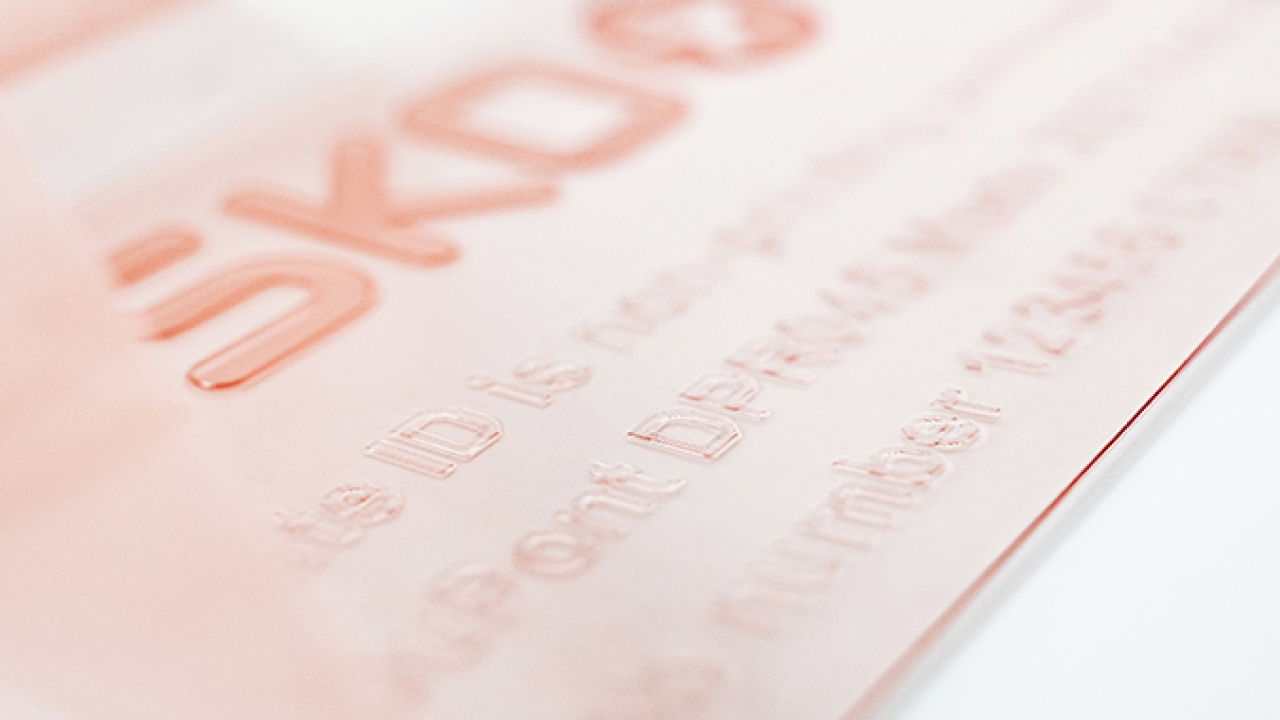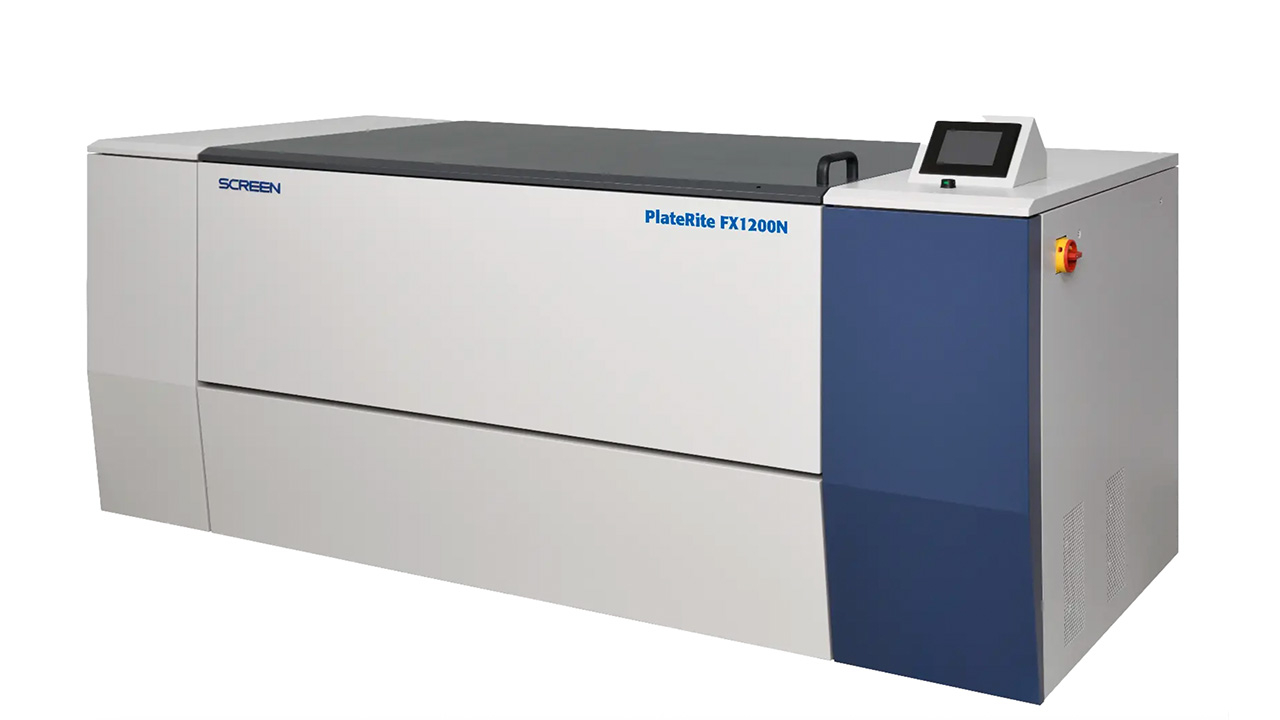Esko’s new Flexo Engine to benefit plate producers
Esko has launched Flexo Engine, a part of the latest software release developed to benefit plate producers, offering time savings, simplified operations, and greater productivity.

As part of the recently released Esko Software 21.11, the latest version of Automation Engine features the innovative new Flexo Engine, with automated merging and a host of new tools developed to increase plate room productivity.
‘Whether at a trade shop or in-house, customers are facing increasing demands on the production of flexo plates,’ said Robert Bruce, flexo software product manager with Esko. ‘The need to deliver high-quality plates in the fastest time possible can be a major headache. That’s why we’ve developed Flexo Engine, the next-generation tool to help plate producers increase their efficiency, productivity, and performance.
‘Automated merging eliminates the need to use many different tools, while further automation saves time and improves traceability in the flexo platemaking process. For example, an intuitive dashboard helps simplify operations, while connectivity with third party equipment ensures a completely connected workflow.’
Flexo Engine also features the innovative new feature Plate ID, the automated technology to the challenge of accurately and permanently marking plates.
‘Today’s flexographic plates are marked with a variety of information needed for the print process, including everything from job ID, color references, whether surface or reverse print is required, sleeve size and date of manufacture. Until now, this important information has typically either been included on a label, etched onto the plate either with a pen plotter or even handwritten,’ added Bruce. ‘Plate uses the CDI Crystal XPS plate imaging and exposing the technology to image all of this vital information on the flexo plate below the printing surface. This makes the marks perfectly readable but avoids the problem of wiping away the traditional pen markings under the influence of inks, solvents, and other chemicals used in the printing process. This is the solution flexo platemakers have been calling for.’
With PlateID, plate producers can benefit from a clear, permanent marking, removing the risk of losing marks during cleaning or printing; removal of human error in the marking process; waste minimization, minimized time taken searching for correct plates, delivering operator efficiency gains and improved plate storage and handling logistics.
The benefits of PlateID are available to anyone using the Esko Crystal XPS exposure system.
Another newly added feature is Auto Plate Cut, which delivers more time savings and further reduces waste.
‘Staggered cut plates for flexible packaging and label printing is a standard process that helps to eliminate press bounce and increase print production speeds,’ said Bruce. ‘The manual process of setting up a staggered cut job can involve several different tools and take an operator anywhere between five and twenty minutes per plate. But with Auto Plate Cut, the process is automated to take any stepped PDF file.
‘Based on 1,000 jobs per year, automating this task can save around 250 hours each year. The elimination of errors caused by plate bounce allows the printer to print faster with less barring and helps to reduce plate waste.’
Stay up to date
Subscribe to the free Label News newsletter and receive the latest content every week. We'll never share your email address.

